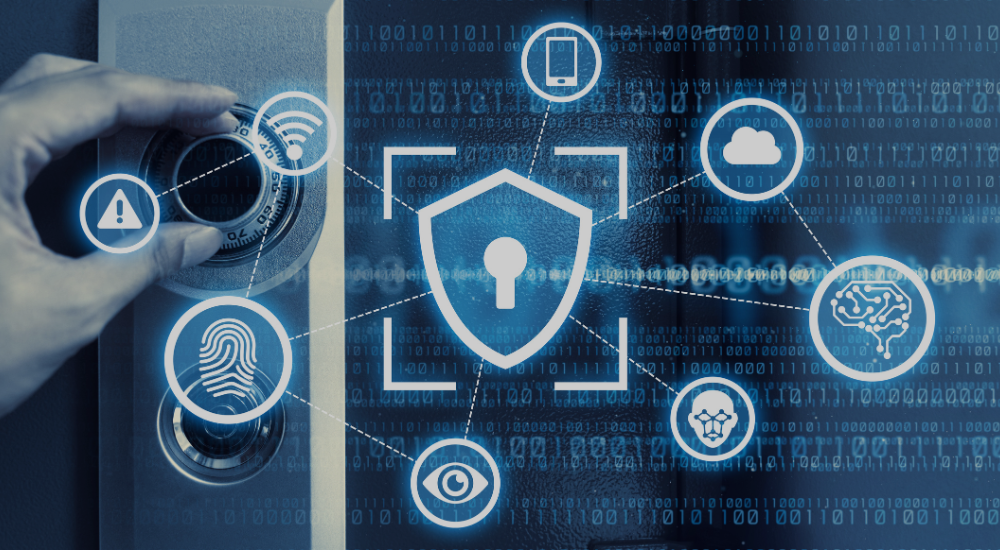
Today, traditional security measures are no longer sufficient. Cybercriminals continuously refine their attack methods, which makes it essential for organizations to adopt a proactive security approach.
Continuous Penetration Testing (CPT) is a dynamic and systematic process that helps businesses detect vulnerabilities in real-time. It ensures that security gaps are addressed before they turn into full-blown breaches.
Unlike conventional penetration testing, which provides a one-time snapshot of security posture, this Penetration Testing as a Service offers ongoing assessments that evolve along with emerging threats.
Need For Continuous Penetration Testing (CPT)
Organizations today face numerous cybersecurity challenges that traditional methods fail to address. Some of the most pressing concerns include:
- Time and Resource Constraints: Security teams often struggle with the extensive time and resources required to detect, assess, and remediate vulnerabilities. Advanced Penetration Testing services automate many of these processes and enable businesses to identify and mitigate threats faster.
- Lack of Unified Cybersecurity View: Many organizations operate with fragmented security systems, which leads to blind spots that hackers can exploit. CPT consolidates security insights and provides comprehensive, real-time views of potential threats.
- Inaccurate Vulnerability Prioritization: Without proper business context, security teams may waste time on low-risk vulnerabilities while missing critical threats. CPT ensures that vulnerabilities are prioritized based on their impact, enabling a focused approach to risk management.
- Regulatory Compliance vs. Best Practices: Many organizations focus on meeting regulatory requirements but fail to implement best cybersecurity practices. Penetration Testing as a Service bridges this gap by aligning compliance needs with robust security strategies.
- Management and SOC Fatigue: Security operations teams are often overwhelmed with alerts, which leads to delayed responses and missed threats. CPT streamlines threat detection and response, thereby reducing alert fatigue while improving efficiency.
How Continuous Penetration Testing Works?
Unlike traditional penetration testing, which is performed once or twice a year, CPT operates as an ongoing security assessment process. Here’s how it works:
- Dynamic Testing Routines: CPT continuously updates its testing methodologies based on the latest threat intelligence and ensures that organizations stay ahead of emerging cyber risks.
- Attack Surface Management: This process involves identifying and monitoring all IT, IoT, and OT assets within an organization to detect security gaps and vulnerabilities.
- Expert-Driven Insights: CPT combines automated testing with human oversight and ensures a dual-layered security approach that maximizes precision and adaptability.
- Immediate Alerts and Prioritizations: Organizations receive real-time notifications about critical vulnerabilities and allow security teams to respond swiftly before attackers can exploit them.
- Bespoke Adaptations: Advanced Penetration Testing services are customized to each organization’s unique environment, ensuring that security measures align with business operations and compliance requirements.
- Comprehensive Security Strategy: CPT integrates real-time threat testing, weekly vulnerability checks, quarterly penetration tests, and 24/7 security monitoring and provides an all-encompassing security framework.
Benefits of Continuous Penetration Testing
Adopting GLESEC’s Continuous Penetration Testing offers businesses a multitude of benefits, including:
- Proactive Security: Rather than reacting to threats after an attack occurs, CPT helps organizations identify and fix vulnerabilities before they become exploits.
- Comprehensive Coverage: CPT extends beyond just networks and servers. It secures endpoints, databases, cloud infrastructure, and mobile devices, ensuring a holistic cybersecurity approach.
- Reduced Remediation Time: Detecting and remediating vulnerabilities in real time minimizes an organization’s exposure to cyber risks, significantly reducing the time between detection and resolution.
- Regulatory Compliance: Many industries, including finance, healthcare, and eCommerce, have strict cybersecurity compliance requirements. CPT aligns with both regulatory mandates and cybersecurity best practices, ensuring continuous compliance.
- Cost Efficiency: Data breaches can result in significant financial losses, including legal penalties, reputational damage, and operational downtime. CPT prevents these breaches before they occur and helps organizations save substantial costs associated with cyber incidents.
Conclusion
Continuous Penetration Testing provides a real-time, proactive approach to cybersecurity. It ensures vulnerabilities are identified and addressed before they pose a serious risk. Integrating CPT into a security strategy can enable organizations to improve their cyber resilience, improve compliance, and prevent costly breaches.
As cyber threats continue to grow more sophisticated, companies must prioritize continuous security testing to stay ahead. Do not wait for a breach to expose vulnerabilities, implement GLESEC’s Continuous Penetration Testing today and secure your digital assets.




